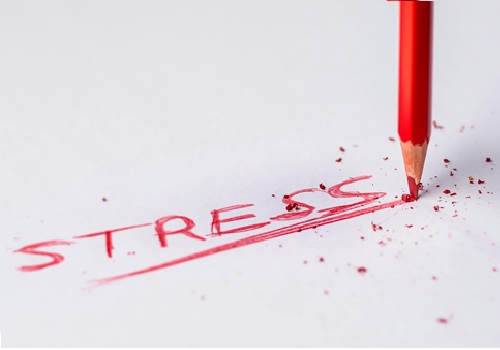Step 1: Recognize and Challenge Negative Thoughts
The first step in overcoming self-doubt is recognizing when you're having negative thoughts about yourself. These thoughts often arise automatically and may be influenced by past failures, societal pressures, or comparisons with others. To build confidence, you must challenge these thoughts and replace them with more positive, empowering beliefs.
- Tip: Keep a journal to track your negative thoughts and write down counter-arguments or evidence that disproves them.
- Tip: Practice reframing negative self-talk. For example, instead of thinking "I’m not good enough," try "I am constantly improving and learning."
Step 2: Set Realistic and Achievable Goals
Setting goals that are realistic and achievable is a powerful way to build confidence. When you accomplish small goals, it boosts your sense of self-efficacy and shows you that you are capable of success. Break down large tasks into smaller, manageable steps, and celebrate your progress along the way.
- Tip: Use the SMART goal-setting method (Specific, Measurable, Achievable, Relevant, and Time-bound) to guide your goal creation process.
- Tip: Focus on one goal at a time to avoid feeling overwhelmed.
Step 3: Cultivate Self-Compassion
Self-compassion is key to building lasting confidence. It involves treating yourself with the same kindness and understanding that you would offer to a friend going through a tough time. Rather than being harsh on yourself when you make mistakes, show yourself empathy and recognize that everyone experiences setbacks.
- Tip: Practice self-compassion by talking to yourself in a supportive and gentle way during challenging situations.
- Tip: Remind yourself that perfection is an unrealistic standard, and mistakes are part of the learning process.
Step 4: Focus on Your Strengths and Achievements
One of the most effective ways to silence your inner critic is to focus on your strengths and past accomplishments. Instead of obsessing over areas where you feel insecure, take the time to reflect on what you've done well and the unique qualities you bring to the table. Building a mental list of your achievements can help reinforce your self-worth and combat feelings of inadequacy.
- Tip: Create a "brag list" of all your accomplishments, both big and small, and revisit it regularly to remind yourself of your strengths.
- Tip: Keep a list of positive feedback from colleagues, friends, or family to boost your confidence when you're feeling low.
Step 5: Visualize Success and Practice Positive Affirmations
Visualization is a powerful tool that can help you overcome self-doubt. By vividly imagining yourself succeeding, you activate the same neural pathways that occur when you actually perform the task. This helps you feel more confident and prepared for the challenges ahead. Positive affirmations can also reinforce your belief in your abilities.
- Tip: Spend a few minutes each day visualizing yourself succeeding in your goals and embodying confidence.
- Tip: Use affirmations such as "I am capable," "I trust my abilities," or "I am deserving of success."
Step 6: Surround Yourself with Positive Influences
The people you surround yourself with have a significant impact on your self-esteem and self-belief. Being around supportive, positive individuals can help lift you up when you're feeling doubtful. Seek out mentors, friends, or colleagues who encourage you and believe in your potential. Avoid toxic environments or people who bring you down.
- Tip: Engage in relationships with individuals who inspire and support you, and distance yourself from negativity.
- Tip: Find a mentor or coach who can provide guidance and feedback to help you grow.
Step 7: Embrace Imperfection and Learn from Failures
One of the main reasons people experience self-doubt is the fear of failure. However, failure is not the end of the road—it’s a learning experience. Embracing imperfection and learning from your mistakes is an essential part of building confidence. Every setback is an opportunity to grow and improve, not a reflection of your worth.
- Tip: Reflect on past failures and identify what lessons you can take away from them.
- Tip: Instead of fearing failure, see it as a valuable stepping stone toward success.
Step 8: Take Action and Build Momentum
Taking consistent action, even in small steps, can significantly reduce self-doubt. The more you do, the more confident you become. Procrastination often fuels self-doubt, so by moving forward and completing tasks, you’ll start to build momentum and reinforce your belief in your abilities.
- Tip: Start with easy, low-risk tasks to build confidence and gradually take on more challenging activities.
- Tip: Break tasks into smaller actions and celebrate each accomplishment along the way.
Conclusion
Overcoming self-doubt is not an overnight process, but it’s possible with dedication and the right approach. By recognizing and challenging negative thoughts, setting realistic goals, practicing self-compassion, focusing on your strengths, visualizing success, surrounding yourself with positive influences, embracing imperfection, and taking action, you can silence your inner critic and build lasting self-confidence. Remember, self-belief is a skill you can cultivate—one step at a time.








